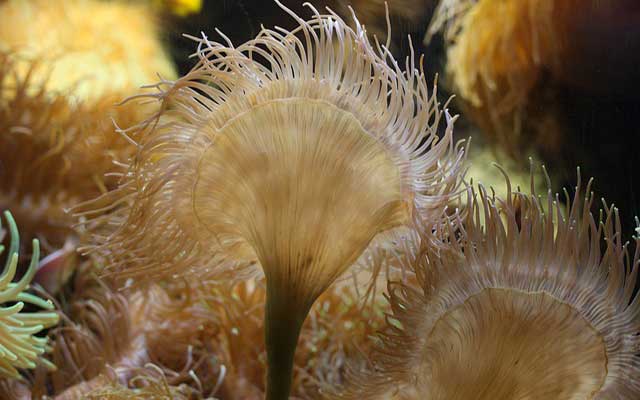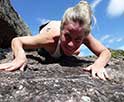Seaweed: A Natural Weapon Against Cancer?
The Cancer-Fighting Potential of Seaweed
Reading time : 1 minute,
Discovery Chepe Id-299-SAL
Published in
12-02-2020
Update 01-06-2023

In the world's oceans, there is still much to explore about its biological components, therefore, it is very likely to find micro elements that give the guideline to find the cure against cancer. (Pixabay.com image)
Cancer, a disease that is one of the main causes of mortality in our planet, many researches are very interested in its study, in order to find different ways for its prevention and cure. Thanks to these researchers, today we know that it is possible to prevent its progression through the use of biological compounds, and we also know that there are risk factors such as alcohol consumption, tobacco, physical inactivity and being overweight, but there is still much to do.

Seaweed, the hope against cancer
Currently different research groups have dedicated themselves to searching in nature for new compounds with chemo preventive activity or also called cancer chemoprevention, which consists of the use of natural, synthetic biological agents that prevent and reverse the progress of this disease.
At the Faculty of Marine Sciences of the Autonomous University of Sinaloa, the search for chemo preventive compounds in macro algae collected in coastal lagoons of Northwest of Mexico began with success. So far in extracts of three species (Spyridia filamentosa, Rhizoclonium riparium and Caulerpa sertularioides) where anti mutagenic, antioxidant and antiproliferative activities have been found in vitro test, which makes them potential candidates to be used as sources of anticancer compounds. The bioactive compounds in algae are obtained in the form of extracts and different extraction techniques are used, which include the use of different organic solvents and equipment, as well as the management of temperatures and pressures.
The results found in the search for preventive chemical compounds in seaweed are encouraging, since there is much to explore in the marine environment, so it is very likely that we still have many biological compounds to discover to fight against this terrible disease.
Source: Science Magazine https://www.revistaciencia.amc.edu.mx
Researchers:
Idalia Osuna Ruíz.- Biologist Chemist and Master's Degree in Food Science and Technology from the University of Sonora and currently a professor and researcher at the Polytechnic University of Sinaloa (iosuna@upsin.edu.mx )
Miguel Angel Hurtado Oliva.- Professor and researcher at the Faculty of Marine Sciences of the Autonomous University of Sinaloa (mholiva@uas.edu.mx )
Mario Nieves Soto.- Professor and researcher at the Faculty of Marine Sciences of the Autonomous University of Sinaloa (marionievessoto@hotmail.com )
Mercedes Marlenne Manzano Sarabia.- Professor and researcher at the Faculty of Marine Sciences of the Autonomous University of Sinaloa (mmanzano@uas.edu.ms)
Armando Burgos Hernández.- Professor and researcher at the University of Sonora (bored @ guayacan. uson.mx)
Jaime Lizardi Mendoza.- Researcher and collaborator at the Center for Research in Food and Development (CIAD) (jalim@ciad.mx)
Enrique Hernández Garibay.- Collaborator of the Regional Center for Fisheries Research of the National Institute of Fisheries in Ensenada BC Mexico (enrique.garibay@inapesca.gob.mx)
See Also
Discovery Chepe
Most read...















